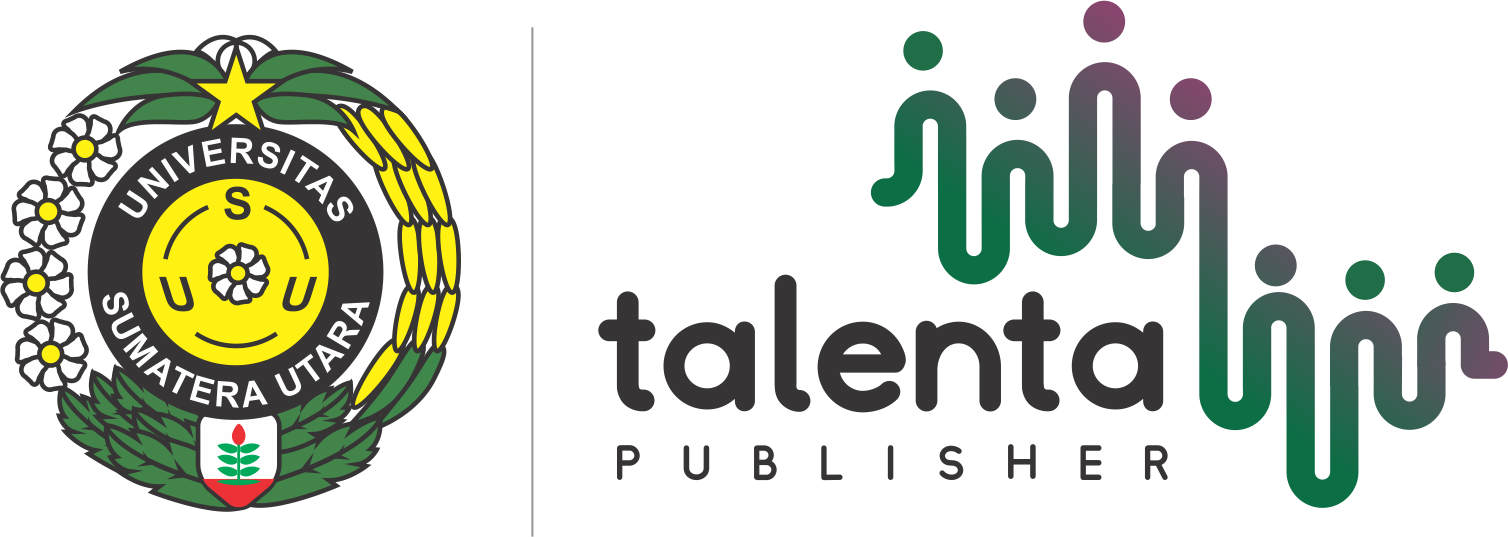Material Requirement Planning (MRP) Produksi Ragum dengan Metode Least Total Cost (LTC)
| Authors | ||
| Issue | Vol 8 No 1 (2025): Talenta Conference Series: Energy and Engineering (EE) | |
| Section | Articles | |
| Section |
Copyright (c) 2025 Talenta Conference Series: Energy and Engineering (EE)  This work is licensed under a Creative Commons Attribution-NonCommercial-NoDerivatives 4.0 International License. |
|
| Galley | ||
| DOI: | https://doi.org/10.32734/ee.v8i1.2564 | |
| Keywords: | least total cost (LTC) material requirement planning (MRP) perencanaan produksi ragum production planning vise | |
| Published | 2025-07-28 |
Abstract
Salah satu tantangan yang perlu dihadapi oleh perusahaan adalah kekurangan maupun kelebihan persediaan. Jika persediaan terlalu rendah, proses produksi bisa terganggu sehingga pada akhirnya permintaan konsumen tidak dapat dipenuhi perusahaan. Sebaliknya, jika jumlahnya berlebihan, perusahaan harus menanggung biaya penyimpanan tambahan serta menghadapi risiko kerusakan atau kedaluwarsa. Oleh karena itu, pengelolaan persediaan yang efisien sangat penting untuk menjamin ketersediaan bahan baku yang cukup guna memenuhi kebutuhan konsumen. Material requirement planning merupakan salah satu metode yang bermanfaat untuk memecahkan permasalahan persediaan dalam perusahaan. MRP dilakukan melalui 4 tahap, yaitu netting, lotting, offsetting, dan exploding. Langkah-langkah tersebut dilakukan dari level 0 yaitu produk jadi ragum hingga ke level-level di bawahnya berupa part-part penyusun ragum. Material requirement planning produksi ragum dilakukan dengan metode least total cost (LTC). Dalam metode LTC, lot size pemesanan adalah ukuran lot dengan ongkos simpan dan ongkos pesan yang berimbang. Hasil perhitungan menunjukkan bahwa total kebutuhan produksi adalah sebesar 1.461 unit dan total biaya yang diperlukan dalam memenuhi kebutuhan ragum mencapai Rp520.625. Pengelolaan stok yang efisien dapat menjamin ketersediaan bahan baku dan memadai untuk memenuhi kebutuhan pelanggan.
One of the challenges that companies need to address is the issue of inventory shortages or excesses. If inventory levels are too low, the production process may be disrupted, ultimately preventing the company from meeting customer demand. On the other hand, excessive inventory results in additional storage costs and poses risks of damage or expiration. Therefore, efficient inventory management is crucial to ensure that sufficient raw materials are available to meet customer needs. Material Requirement Planning (MRP) is one of the methods that help solve inventory problems within a company. MRP is carried out through four stages: netting, lotting, offsetting, and exploding. These steps are implemented starting from level 0, which is the finished product—vise—down to its component parts at the lower levels. The MRP process for vise production is conducted using the Least Total Cost (LTC) method. In the LTC method, the order lot size is determined based on a balance between holding costs and ordering costs. The calculation results show that the total production requirement is 1.461 units, and the total cost needed to meet the vise demand amounts to Rp520.625. Effective inventory control ensures that raw materials are sufficiently available to meet consumer demand.





